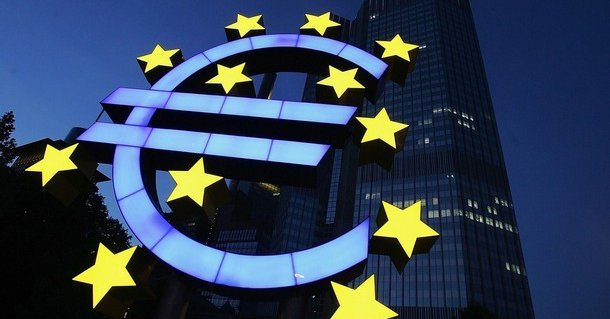“I don’t want to penalize the work of banks when they work for the benefit of the economy and industry,” Mr Barnier said on the fringes of last week’s World Economic Forum in Davos. He referred to the proposal made by the group of experts led by Mr Liikanen that last October delivered a report to Mr Barnier on how to avoid future bank crisis. The group underlined five measures to protect the European banking system in the future, and one of these is exactly splitting the banks’ trading activities into two ringfenced areas, buying and selling on behalf of clients (marketmaking) and banks trading with their own funds (proprietary trading) which is more risky and in these years caused huge loses to the customers savings.
During the last weeks Germany and France tried to find a common position over how to apply new EU bank safety rules, a move that could allow banks such as Deutsche Bank to sidestep the division of its business recommended by the Liikanen report. A French proposal put forward last December stopped short of forcing a legal separation, allowing lenders to maintain combined commercial and investment banking operations. Today Mr Barnier stands without any doubt with the French position. So it comes the question: does he act more as an EU Commissioner or a French politician?
“There is a risk that a complacency about the rebound in markets means regulators revert to type and avoid structural action in a co-operative way,” said Marco Mazzuchelli, a senior banking adviser and a member of the Liikanen committee. According to him, such a separation, which Mr Barnier seems to oppose, would have prevented the build-up of risk at Italy’s Monte dei Paschi di Siena torn apart by a huge scandal ahead of the national elections due to the end February.
Such a EU position would please the big European banks which would avoid a compulsory and expensive restructuring. “By chance” today France is due to present its own proposals to separate out proprietary trading from their client-linked business. It has been hailed by France as a model for the rest of Europe, and Mr Barnier looks like agreeing. Nevertheless critics say this proposal would fall short of Francois Hollande’s campaign pledge to get tough on finance and would not prevent any other banking earthquake from happening.
Liikanen’s group, set up last year by Mr Barnier himself and aimed at finding the solution to prevent any further banking crisis, wrote in his final report that ring-fencing investment banking would make it easier for the part of the bank that holds savers’ deposits and lends to businesses to keep running even if other arms of the group collapsed. So here it comes another question: what this report is for?


Follow the comments: |
|
